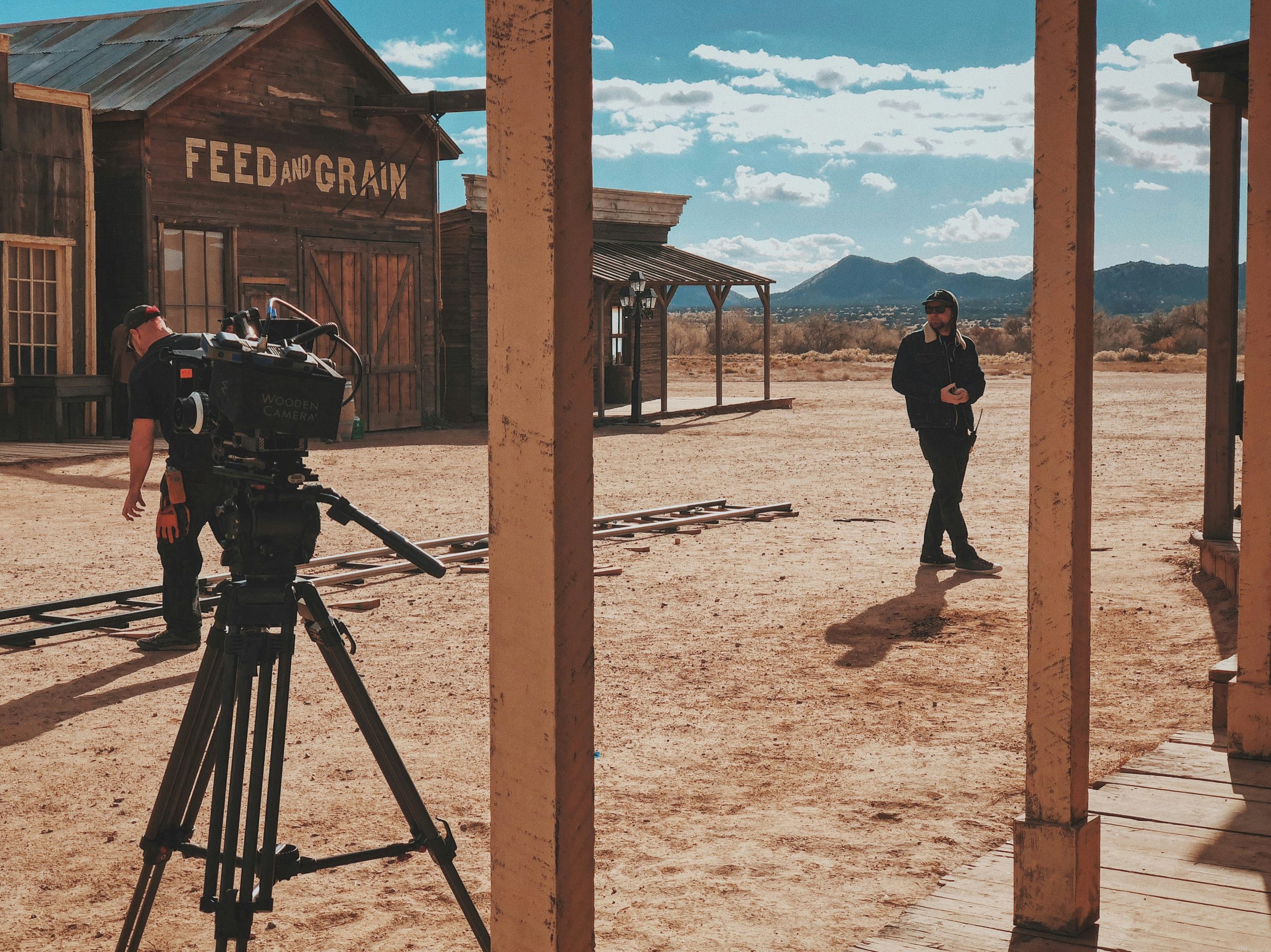
Every successful film or video project begins with meticulous planning. One of the most essential tools in this planning phase is the storyboard. A storyboard is a visual representation of a film or video, consisting of a sequence of drawings or images that outline each scene’s key elements. This visual blueprint serves as a roadmap for the entire production team, ensuring that everyone is aligned with the project’s creative vision and logistical requirements.
Storyboarding bridges the gap between the initial concept and the final product. It allows directors, cinematographers, and other stakeholders to visualize the narrative flow, anticipate potential challenges, and make informed decisions before shooting begins. Storyboards facilitate more transparent communication and enhance collaboration among team members by translating ideas into tangible images.
Enhancing Communication and Collaboration
One of the primary benefits of storyboarding in pre-production is its ability to enhance communication among the creative team. Filmmaking is a collaborative effort involving directors, writers, producers, camera operators, and many other professionals. Without a storyboard, conveying the intricate details of a scene can lead to misunderstandings and inconsistencies.
Storyboards provide a common reference point, ensuring that everyone involved understands the director’s vision. For instance, a storyboard can specify camera angles, character movements, and key visual elements, reducing the likelihood of misinterpretation. This clarity is particularly crucial when working with large teams or remote collaborators, where clear communication is paramount.
Additionally, storyboards facilitate constructive feedback and iterative improvements. Team members can review the storyboard, suggest changes, and refine the visual narrative before any resources are committed to filming. This collaborative process not only saves time and money but also enhances the overall quality of the production.
Streamlining the Production Process
Efficient planning is a cornerstone of successful video production, and storyboarding plays a pivotal role in streamlining this process. Storyboards outlining each scene in detail help identify and address potential issues before they arise during filming. This proactive approach minimizes delays and ensures that the production stays on schedule and within budget.
Storyboards also assist in resource allocation by providing a clear picture of what is needed for each scene. This includes determining equipment, locations, props, and cast members. With a detailed storyboard, production managers can better organize logistics, schedule shoots effectively, and allocate resources where they are most needed.
Moreover, storyboards aid in budgeting by allowing producers to estimate costs more accurately. Visualizing each scene helps identify expensive elements, such as special effects or elaborate sets, enabling producers to decide where to allocate funds. This level of planning is essential for maintaining financial control and ensuring that the project remains financially viable.
Enhancing Creativity and Storytelling
While storyboarding is a practical tool for planning and organization, it also significantly enhances a project’s creative and storytelling aspects. By visualizing the narrative, creators can experiment with different storytelling techniques, camera angles, and visual effects to find the most compelling way to convey their message.
Storyboards encourage creative exploration by allowing filmmakers to play with various ideas without the constraints of immediate production. They can sketch multiple scene versions, try different compositions, and explore alternative narrative paths. This flexibility fosters innovation and can lead to more engaging and dynamic storytelling.
Furthermore, storyboards help maintain narrative coherence by ensuring each scene flows seamlessly into the next. They provide a holistic view of the story, enabling creators to spot and address any inconsistencies or gaps in the narrative. This comprehensive perspective is crucial for crafting a well-structured, emotionally resonant story that captivates the audience.
Facilitating Post-Production and Marketing
The benefits of storyboarding extend beyond the production phase. They play a significant role in post-production and marketing efforts. During post-production, the storyboard is a reference for editors, visual effects artists, and sound designers, guiding them in creating a cohesive final product that aligns with the original vision.
For editors, the storyboard provides a clear framework for assembling the footage, ensuring that the pacing and flow of the film are consistent with the intended narrative. Visual effects artists can use the storyboard to understand where and how to integrate special effects seamlessly. Sound designers can reference the storyboard to synchronize audio elements with the visual cues, enhancing the overall sensory experience.
Storyboards are invaluable for creating promotional materials such as trailers, teasers, and behind-the-scenes content in marketing. They offer a sneak peek into the film’s structure and aesthetic, generating interest and anticipation among potential audiences. Additionally, storyboards can be used to pitch the project to investors, distributors, and other stakeholders, providing a clear and compelling visual representation of the film’s potential.
Storyboarding is an indispensable component of the pre-production process in filmmaking and video production. It is a visual roadmap that enhances communication, streamlines production, fosters creativity and facilitates post-production and marketing efforts. By investing time and effort into creating detailed and well-thought-out storyboards, creators can significantly improve their projects’ efficiency, coherence, and overall quality. In an industry where planning and execution are critical to success, the importance of storyboarding cannot be overstated. Embracing this powerful tool ensures that the creative vision is realized effectively, paving the way for compelling and impactful storytelling.